Electrodynamics
a (re)introductionJean-Sébastien Caux
"Classical" electrodynamics is boring because
- it's a dead subject (it hasn't changed much in the last 100 years)
- we've studied it before, we know everything already
- there are much more interesting forces in nature

Interesting historical anecdotes
Galvani (1780s)
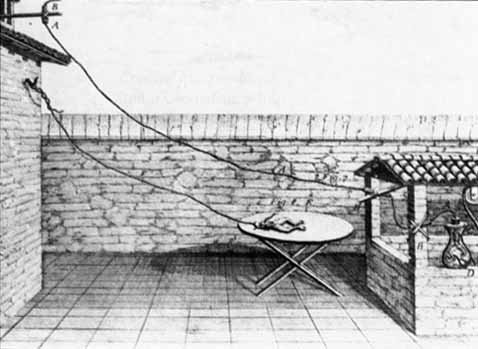
Interesting historical anecdotes
Aldini (1800s)

Interesting historical anecdotes
Nijmegen (2000s)

Electrodynamics giving "life"

or death

Energetics of fission reaction: U-235
| kinetic energy of neutrons | \(\sim 2\) MeV |
| gamma ray photons | \(\sim 7\) MeV |
| kinetic energy of nuclei | \(\sim 170\) MeV |
Nuclei fly apart at about 3% of light speed
because of Coulomb repulsion
Important aspects of electric charges and classical electrodynamics
- charge comes in two different varieties (+ and -)
- charge is quantized in discrete units
- charge is conserved (locally)
- force has inverse square form
- forces display linear superposition
Elementary charge: how accurately is it known?
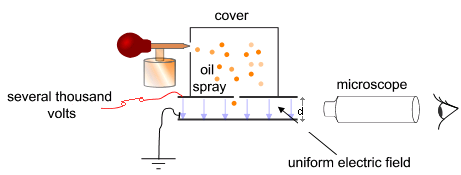
Millikan's oil droplet experiment (1909; Nobel 1923):
\(1.5924(17) \times 10^-19\) C (accurate to 1% of current value)
Most accurate way of measuring \(e\)
combine the…
Josephson effect (voltage to frequency)
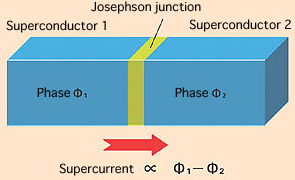
\(I(t) = I_c \sin \phi(t)\), \(\frac{d\phi}{dt} = \frac{\hbar}{2e} V(t)\)
and the…
Quantum Hall effect
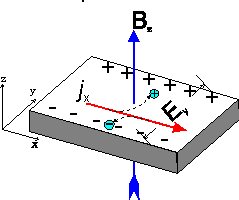
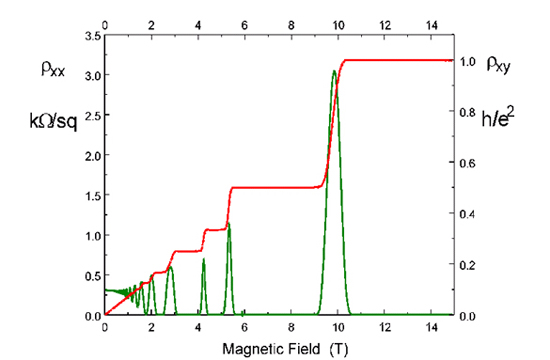
Together: \(2 \times \frac{h}{2e} \times \frac{e^2}{h} = e = 1.602176487(40) \times 10^{-19} C\)
How accurately is charge quantized?
Published experiments: \(\frac{|e_{el}| - e_p|}{|e_{el}|} \lesssim 10^{-21}\)
Proposed experiment using cold atoms, lasers and interferometry: \(\frac{|e_{el}| - e_p|}{|e_{el}|} \lesssim 10^{-28}\)
How accurate is Coulomb's law?
Possible deviations:
- the force is not \(\frac{1}{r^2}\) but \(\frac{1}{r^{2 + \epsilon}}\)
- the potential has a Yukawa form, \(\frac{e^{-\mu r}}{r}\) where \(\mu = m_\gamma c/\hbar\) ('massive' photon)
Tests of exponents throughout the ages
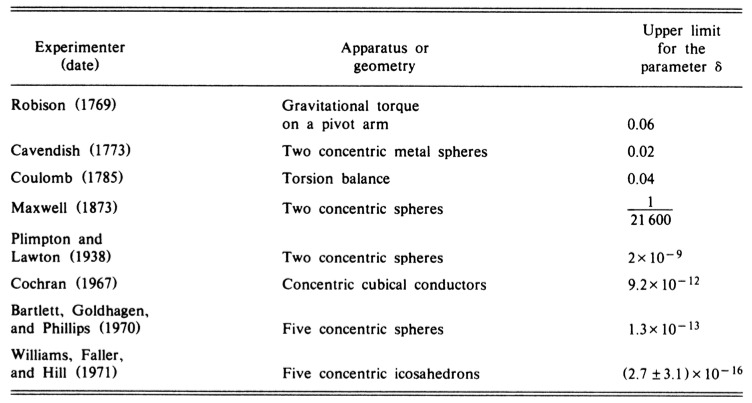
Cavendish's experiment
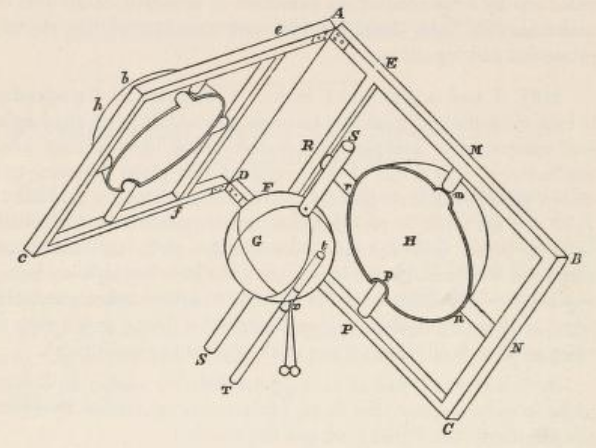
See the account of Cavendish's extraordinary work, by none other that J. C. Maxwell, in The electrical researches of the Honourable Henry Cavendish
Most quoted "recent" experiment
Williams, Faller, Hill 1971
\(\epsilon = (2.7 \pm 3.1) \times 10^{-16}\)
Revisited by Fulcher (1986):
\(\epsilon = (1.0 \pm 1.2) \times 10^{-16}\)
Willimans Faller Hill 1971
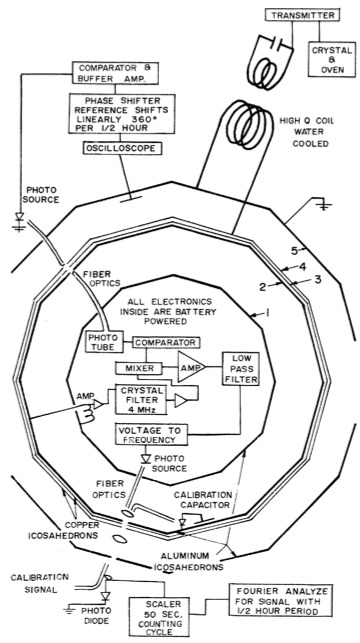
Tests of the photon mass
- terrestrial measurements of \(c\) at different frequencies
- measurement of radio dispersion in pulsar signals
- lab tests of Coulomb's law
- limits on constant external magnetic field at Earth's surface (Schrödinger!)
Tests of the photon mass (recent)

Could exist down to a scale given by Heisenberg's uncertainty principle: (age of universe \(\simeq 10^{10}\) years)
\(m_\gamma \simeq \frac{\hbar}{(\Delta t) c^2} \simeq 10^{-66} g\)
Is the electron really a point-like particle?
Suppose that it is. Problem: field energy diverges!
\[ u = \frac{\varepsilon_0}{2} E^2 = \frac{e^2}{32 \pi \varepsilon_0 r^4} \] \[ \rightarrow U = \int dr \frac{e^2}{8 \varepsilon_0 r^2} \rightarrow \infty \]
Is the electron really a point-like particle?
Suppose it has a radius \(a\).
Good! Energy is finite.
Moreover: electromagnetism gives inertia (a mass!) to the electron!
Electromagnetic mass
Suppose that the electron is a shell of negative charge

Accelerated electron displays inertia because of retardation effects of EM self-interaction
Thomson, Heaviside, Lorentz, Poincaré, Fermi, Wilson, etc
What about linear superposition?
When particles come very close to each other:
EM fields become very large!
Maybe the true equations are nonlinear?
Infinite self-energy of point-like electron resolved by nonlinearity?
What about linear superposition?
Famous attempt at classical nonlinear theory of E&M: Born & Infeld (1934)
Actually, quantum electrodynamics provides nonlinear effects
Summary
There remain many improperly understood things within electrodynamics
Although remarkably wide, the regimes of validity of the laws of electrodynamics might still be limited
Summary
Discovery of a failure of ED would have very interesting consequences:
- loss of gauge invariance (charge conservation?)
- speed of light frequency-dependent
- special relativity not correct as formulated